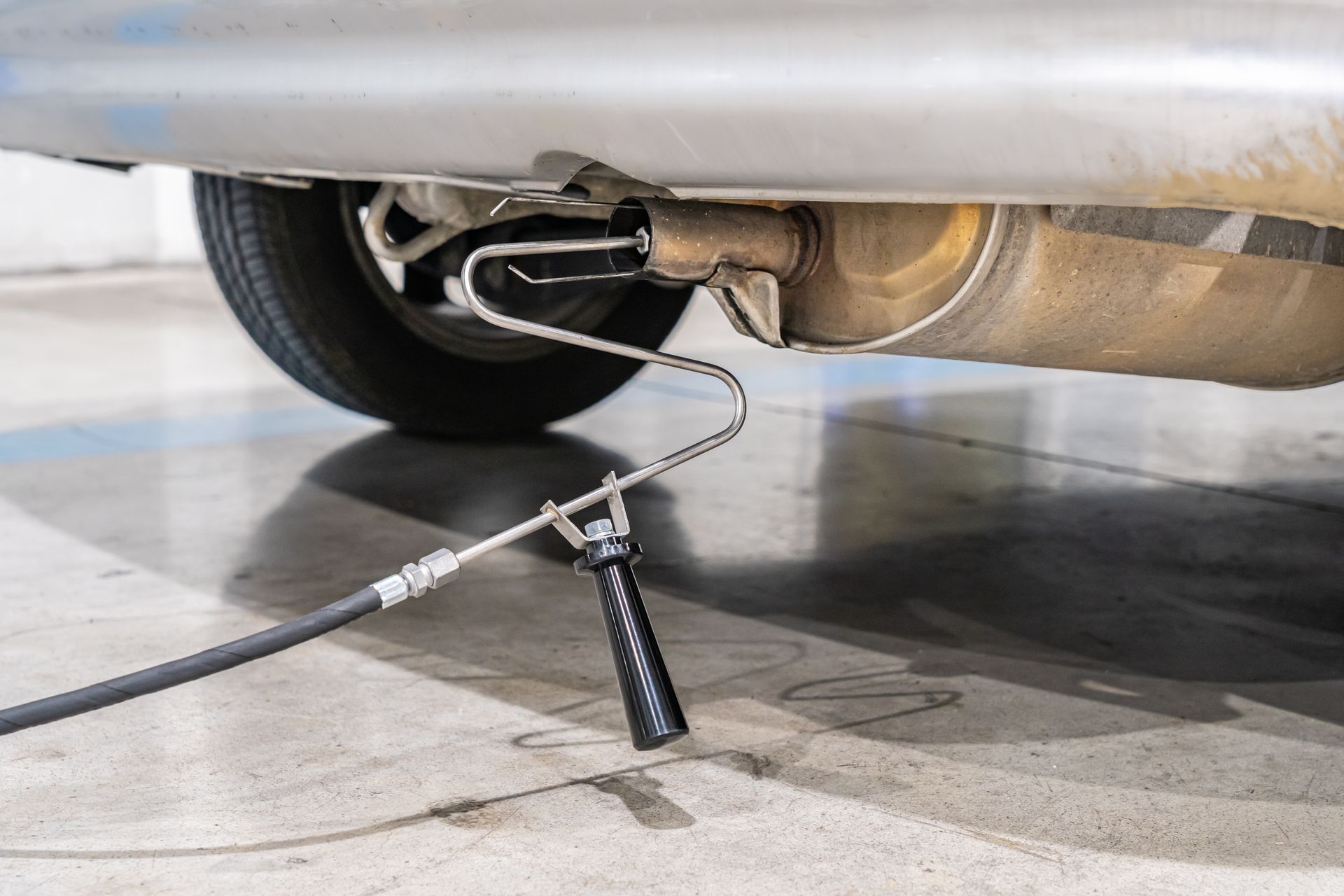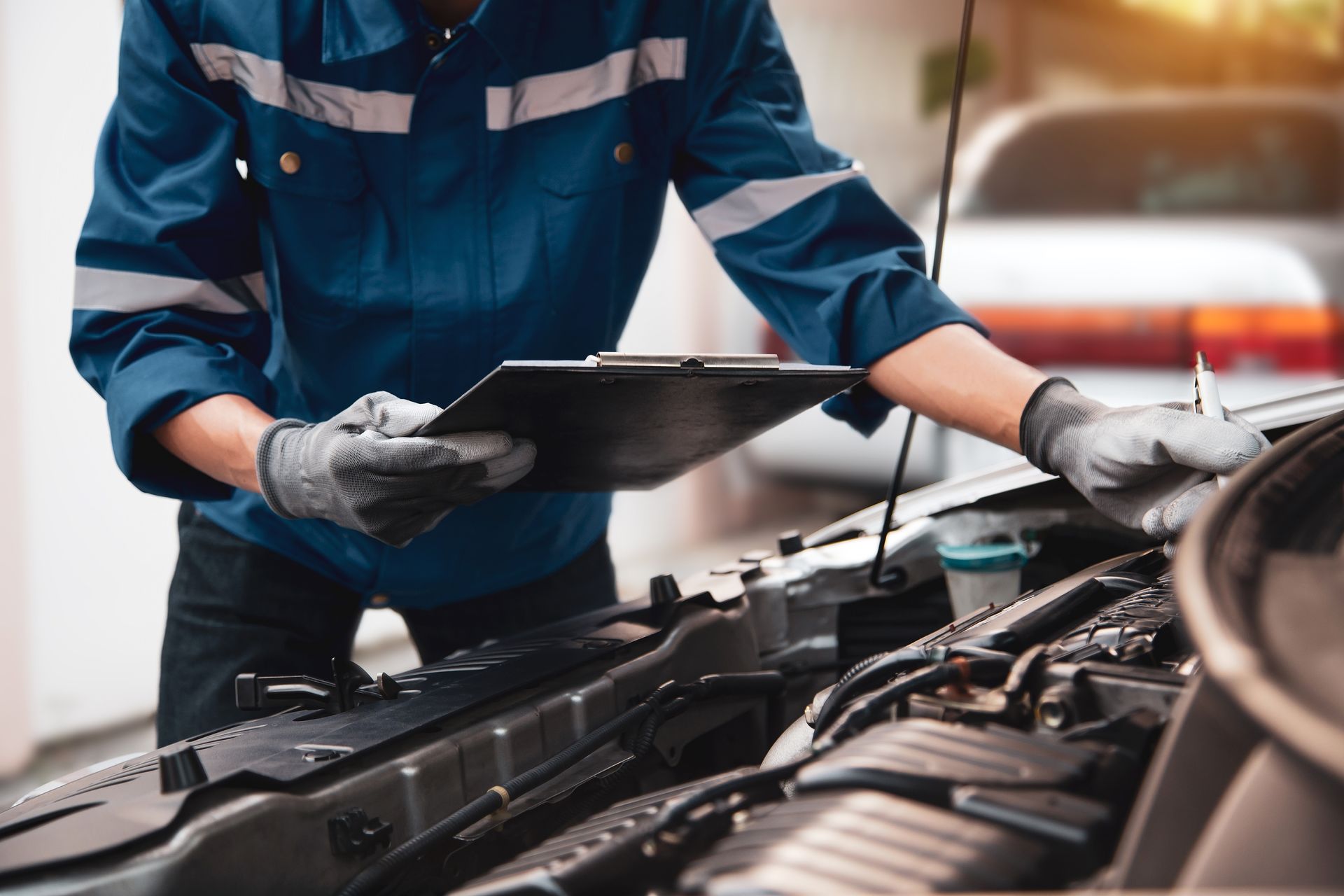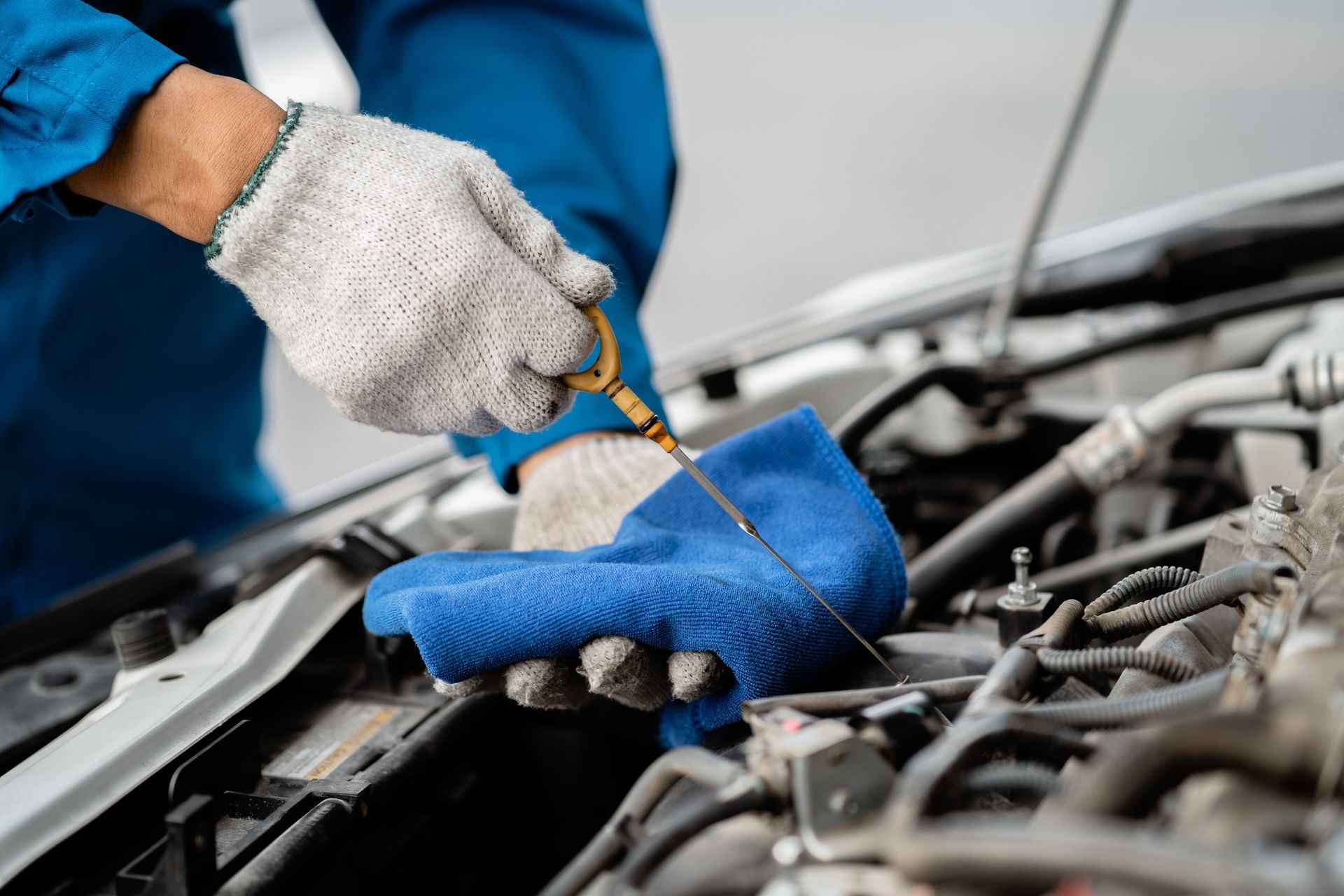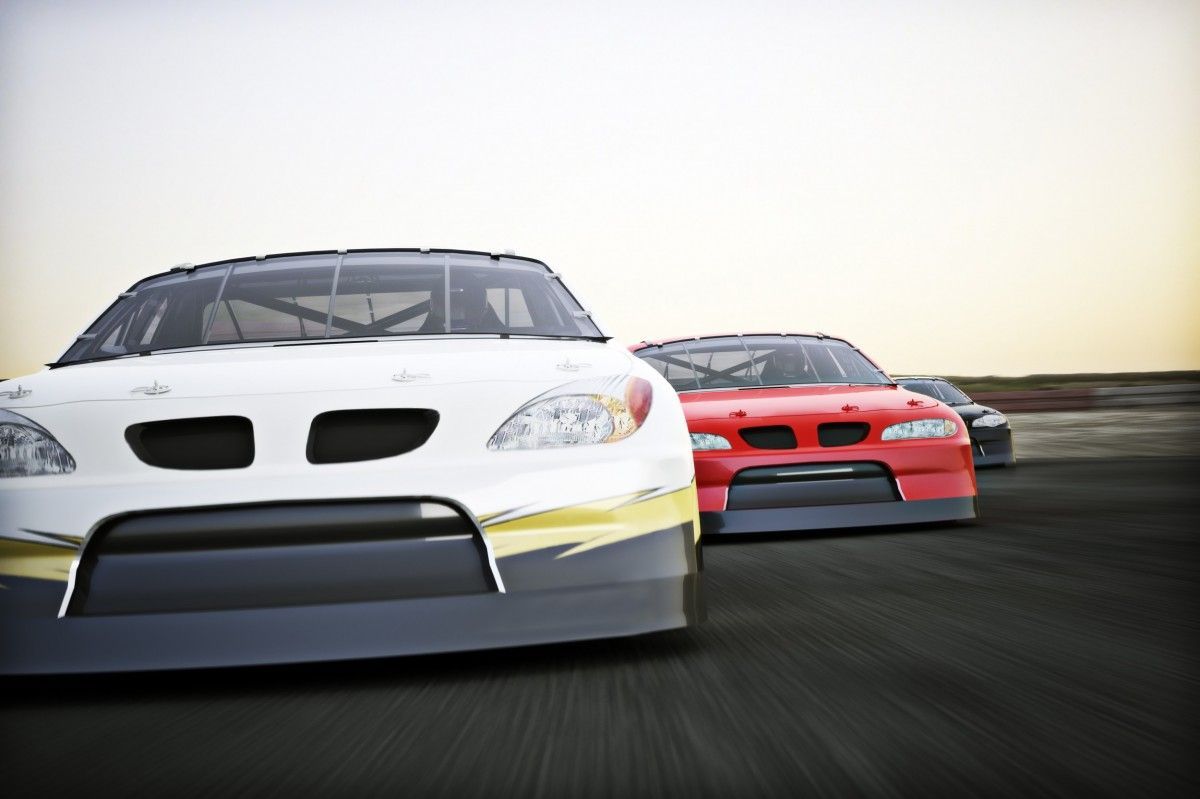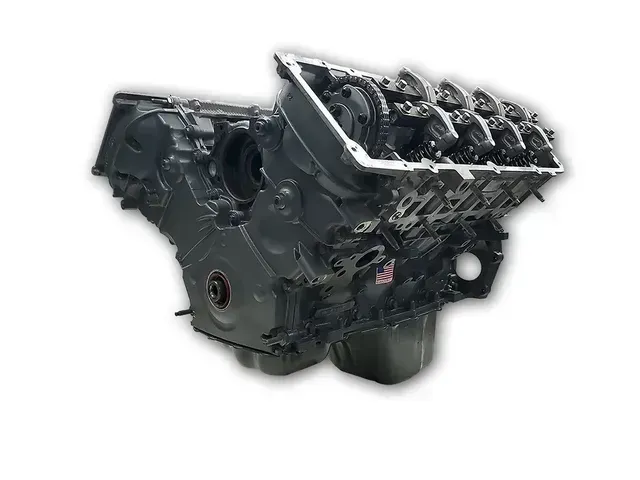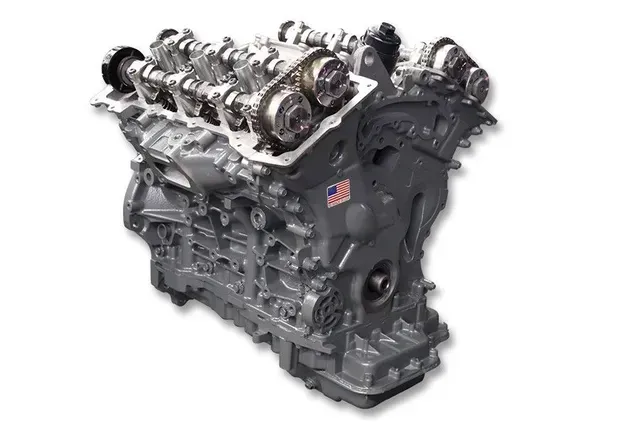June 4, 2025
If you live in California, chances are good you’ve had to deal with a smog check. For our family, 2025 is shaping up to be a full-on "smog year," with all our vehicles due for their biennial tests. Last month, it was time for our trusty 1994 Toyota 4Runner to go through the process. I’ll be honest—I always get a little nervous around smog check time. Even though I’ve never had a vehicle fail, there's always that little worry in the back of my mind. Turns out, I had nothing to worry about. Not only did the 4Runner pass—it passed with flying colors! In Fact, the CO2 levels at idle were just 0.04%, and at 2500 RPM they were 0.07%. The legal limit in California is 1%, so it wasn’t even close! So how does a 30+ year-old SUV achieve results like that? One word: maintenance . The Power of Preventive Maintenance Regular maintenance is what keeps this aging 4Runner running clean and efficient. Staying on top of leaks, oil changes, spark plugs, filters, tire pressure and so on may seem basic, but over time, those small efforts add up. Not only does proper maintenance help reduce emissions, but it can also improve fuel economy, extend the life of the vehicle, and save money in the long run. According to the U.S. Environmental Protection Agency (as of this publication), the average gas-powered vehicle emits about 400 grams of CO2 per mile. Burn one gallon of gas, and you’re producing nearly 9,000 grams of CO2. It adds up—on average, that’s about 4.6 metric tons of CO2 per year per car. In addition to carbon dioxide (CO2), gasoline powered vehicles produce methane (CH4) and nitrous oxide (N2O) from the tailpipe and ALL vehicles can emit hydrofluorocarbon (HFC) from leaking air conditioners (including EVs!). The emissions of HFCs are small in comparison to CO2 for gas powered vehicles; however, the impact of these emissions can be important because they have the potential to be more harmful than CO2. Electric vehicles also emit greenhouse gases (GHGs) due to air conditioner/HFC leakage. ( www.epa.gov/greenvehicles/greenhouse-gas-emissions-typical-passenger-vehicle ) What Is Smog, And, Why is it Important? The term "smog" was first used in the early 1900s to describe a mix of smoke and fog. The smoke was usually the result of burning coal which was common in industrial areas. Smog is still common today in big cities with a lot of industry and traffic. Cities located in basins surrounded by mountains may have a greater potential for smog problems because the smog is trapped in the valley and cannot be carried away by wind. Most of the smog we see today is photochemical smog. Photochemical smog is produced when sunlight reacts with nitrogen oxides and at least one volatile organic compound (VOC) in the atmosphere. Nitrogen oxides come from car exhaust, coal power plants, and factory emissions. VOCs are released from gasoline, paints, and many cleaning solvents. When sunlight hits these chemicals, they form airborne particles and ground-level ozone—or smog. ( https://education.nationalgeographic.org/resource/smog ) In California, smog is more than just a health and environmental concern—it's a regulatory issue. The California Air Resources Control Board (CARB) is the regulatory body charged with protecting residents from harmful air pollutants. It focuses on California’s air quality challenges by setting the state’s own emissions standards for a range of statewide pollution sources including vehicles, fuels, consumer products (such as aftermarket parts), manufacturing, burn days, etc. CARB is part of a coordinated three-tiered approach to minimize air pollution. The United States Environmental Protection Agency (EPA) sets nationwide air quality and emissions standards and oversees enforcement. Additionally, there are thirty-five local air pollution control districts in California that regulate emissions from businesses and stationary facilities, ranging from oil refineries to auto body shops and dry cleaners. ( About | California Air Resources Board ) The state’s Smog Check Program , run by the Bureau of Automotive Repair (BAR), is designed to keep emissions in check and improve air quality. Depending on your car's age and type, a smog check may include: Visual inspection of emissions-control equipment and systems. Functional inspection of the vehicle’s check engine light, ignition timing, exhaust gas recirculation system, fuel evaporative system, and gas cap. Functional inspection of the vehicle’s on-board diagnostic (OBD) system. Tailpipe emissions inspection. BAR also offers other programs to help lower income Californians such as the Repair Assistance Program and the Vehicle Retirement Program. You can learn more at www.bar.ca.gov . Small Habits, Big Impact The good news? We can all play a part in reducing smog—and it doesn’t require a major lifestyle overhaul! Here are a few simple changes that make a big difference: Follow your vehicle service maintenance schedule (oil changes, tune-ups, air filter, tire pressure, etc.). (So Important!!!) Fuel up during cooler parts of the day (evening or early morning) to prevent ozone formation. Support local service shops—boosts the local economy and keeps your car in top shape. Plan your route – try to do things like going to work and doing errands on the most efficient route. This minimizes milage, fuel consumption, wear and tear on your vehicle as well as emissions! Another example of air quality friendly behaviors includes buying less and buying local. Manufacturing causes air pollution. Transporting goods causes air pollution. By buying less and buying local you have direct control over reducing your own impact on air quality and the environment. As an added bonus, buying less and buying local stimulates the local economy and goes hand in hand with the idea of Reduce, Reuse and last, Recycle . These small actions not only help improve air quality, but they can also save you money and extend your car’s lifespan, all while supporting your local community and the environment as a whole. That’s what we call a win-win-win-win! Final Thoughts When my old 1994 4Runner passed the smog test with almost zero emissions, it was a happy moment—not just because the SUV passed, but because it proved that regular care really does pay off. Cleaner air, better mileage, and a vehicle that just keeps going and going and going…..

